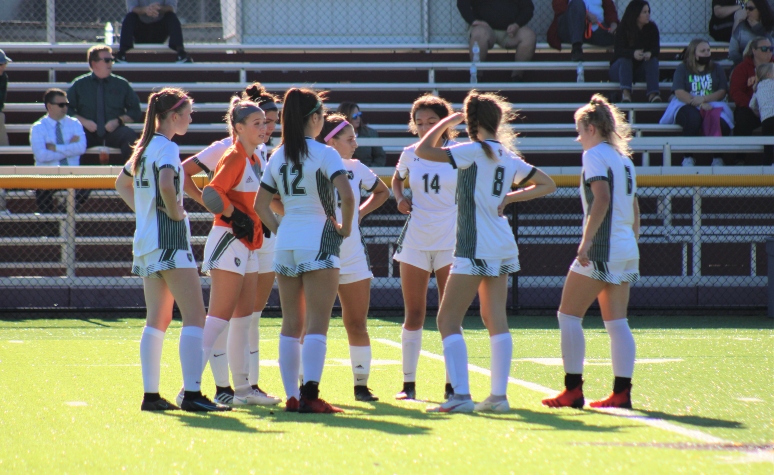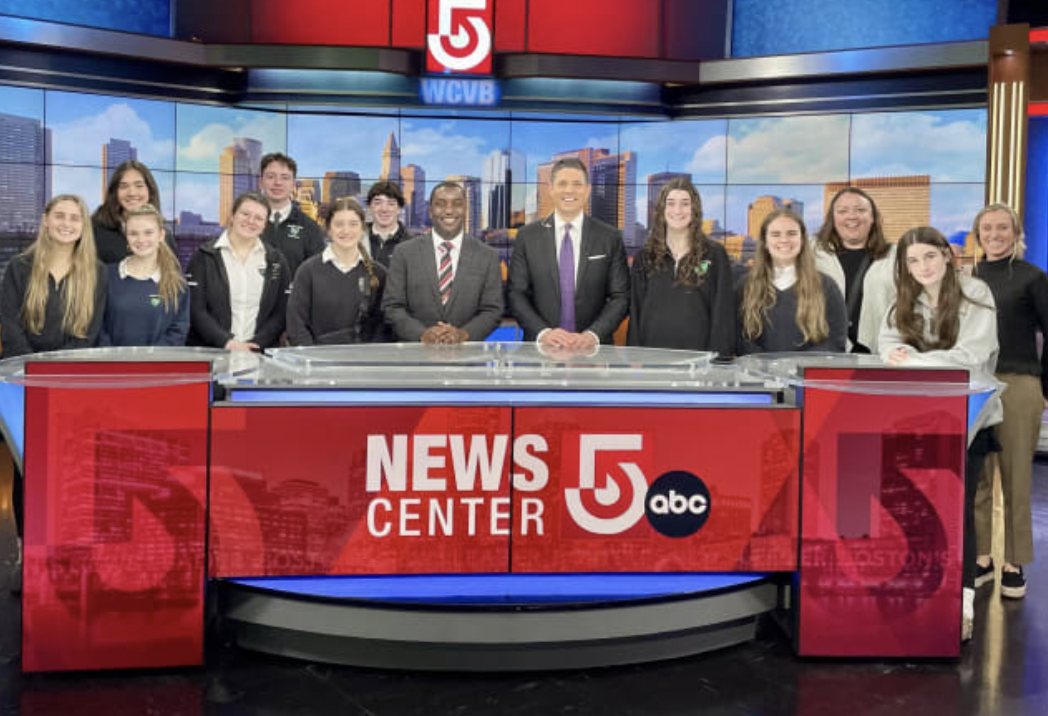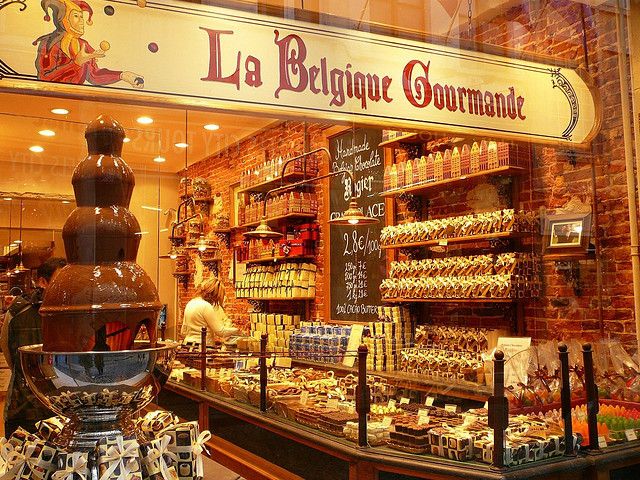What’s Up With the World’s Fairs
March 21, 2022
World’s fairs have long been a source of creativity, innovation, and passion for the future. The United States was once at the forefront of this movement, but it has now been thirty-eight years since we have hosted a World’s Fair with no plans to do so in the future. The United States views world fairs as a thing of the past, but this is only a misconception. World’s fairs began in 1851 in Paris France and have continued throughout the world including one in 2022 in Dubai. So what happened that led the United States to abandon world fairs?
To find out why the US left world fairs you first need to look at the appeal of fairs. While there was a chance of economic success, it was not guaranteed and often not enough to persuade countries to host. It was not economic success but rather prestige, personal and nationwide, that motivated. For up-and-coming countries, world’s fairs were an opportunity to present yourself as a strong and innovative nation that would be prominent in the future. World fairs used to have a strong emphasis on technology and chasing the future. This plays into why the United States drifted out of focus. The United States had gained enough prominence and recognition by the 1980s that fairs no longer served any economic purpose. Several fairs hosted by the United States including the 1984 fair did not make any economic profit and ended up costing money. If this wasn’t enough the Bush administration decided to cut federal funding to future fairs. That administration argued that the fairs profited the businesses showcased and therefore should be funded by those businesses. The combination of little funding and lack of inspiration led to the disappearance of world fairs in the United States. Of course, we participate in the fairs hosted by other countries. Why wouldn’t we? If we’re not paying we’re happy to participate.
There is indeed little to no economic profit from fairs however the cultural profit is unmatched. Some of the greatest monuments have been created for world’s fairs. This includes the Eiffel tower in Paris, the Space Needle in Seattle, the Biosphere in Montreal, and the Unisphere in New York. The Eiffel tower would become the symbol of France and a monumental contribution to culture. Innovation was not restricted to monuments but also attractions. The 1964 world’s fair became infamous for its connection with Disney. Disney provided four attractions; it’s a small world, Great moments with Mr. Lincoln, the Carousel Theater of Progress, and Ford’s Magic Skyway. Two of these, It’s a small world and The Carousel of Progress, are rides in Disney parks to this day. Ford and General Electric sponsored Ford’s magic skyway and The Carousel of Progress. This gave creativity and innovation something very rare, a budget. Disney was able to create new technology, especially in audio-animatronics that would become very profitable in the future. Technology, Culture, and Architecture are born from the world’s fairs. In addition, local economies profit even if the fair itself does not. New jobs are created and give opportunities to different locations. For all the discussion about creating new jobs, we are overlooking a great opportunity. It is far too naive of the United States government to assume we are passed the need for innovation. Other countries can and will continue to improve technology. We should continue chasing the future if we want to remain a world power.
World’s fairs are a cultural force of change that gives form to the American spirit. It is a great shame that lack of funding and baseless satisfaction have halted progress. I can only hope to see this valued tradition return in the future.

























